Telehealth in dermatology: Skin care made easy
![]() Response time: 1-2 working days
Response time: 1-2 working days
Start a telehealth consultation with a board-certified dermatologist and get a prescription for oral and topical medications.
*Available in all 50 U.S. states

What are the benefits of using Miiskin for dermatology telehealth?

First consultation is $59 and medication refills are $30.

Get prescription for oral or topical dermatology medications

No subscriptions, order your treatment on-demand.
Common skin conditions managed via dermatology telehealth
Meet the board-certified dermatologists
You’re in expert hands—Miiskin’s dermatologist partners have completed more than 50,000 virtual consultations.

Dr. Sarita Nori
Online Dermatologist
Licenses: FL, MA, TX, NH, CT, ME.

Dr. Amit Om
Dermatologist
Licenses: NC, SC, FL, GA, IL, CT, TX, CA.

Dr. Anne Allen
Dermatologist
Licenses: 36 U.S. states

Dr. Anna Chacon
Dermatologist
Licenses: 50 U.S. states

Dr. Ryan Trowbridge
Dermatologist
Licenses: CA, CT, NY, TX, NE, IL.

Dr. Eric Howell
Dermatologist
License: North Carolina.

Dr. Craig Burkhart
Dermatologist
License: North Carolina.
Provider & Prescription Information
Miiskin connects patients with independent dermatologists who provide care through their own private practices. Miiskin does not employ dermatologists and does not sell or distribute medications. Any prescriptions issued by the dermatologists can be filled at third-party pharmacies of the patient’s choice.

The reliability of dermatology telehealth consultations
A study involving nearly 500 patients who underwent both in-person and asynchronous telemedicine evaluations for various skin issues found that the two physicians reached a shared diagnosis in 90% of the cases1.
Request a dermatology prescription now
- Start a dermatology telehealth consultation
- Get an answer and pick up any prescribed medication
- Use treatment and wait for results
About dermatology telehealth
What is dermatology telehealth?
Telehealth in dermatology, also known as teledermatology, allows patients to connect with dermatologists remotely using technology, typically a HIPAA-compliant platform for the diagnosis and treatment of skin diseases. This approach saves patients time and money as these services are usually more affordable than in-person dermatology consultations. Besides, in some states the waiting time to see a dermatologist in person can take up to 30 days, while with asynchronous telehealth consultations, patients only need to wait 1-2 days to get a response from the dermatologist.
How do dermatology telehealth consultations work?
Dermatology telehealth consultations allow you to get expert skin care without visiting a clinic. You start by submitting clear photos of your skin concern along with a short medical questionnaire through a secure platform or app. A dermatology provider reviews your case, provides a diagnosis, and recommends a personalized treatment plan. If needed, prescriptions can be sent directly to your chosen pharmacy. Most consultations are completed within 1–2 business days, making it a fast, convenient, and effective way to manage skin issues from home.
What are the benefits of dermatology telehealth?
Dermatology telehealth makes it easier than ever to get expert skin care without leaving home. Whether you’re dealing with acne, rashes, or other skin concerns, telehealth connects you with dermatology providers quickly and conveniently—no clinic visit required.
Key benefits of dermatology telehealth
- Fast access to licensed dermatologists—usually within 1–2 business days
- No need to travel or wait in a clinic
- Ideal for common skin issues
- Upload photos from your phone
- Personalized treatment plans and prescriptions, if needed
- Often more affordable than in-person appointments
- Great for follow-ups, prescription renewals, and ongoing care
- Accessible from anywhere, including rural or underserved areas
Request a dermatology prescription now
- Start a dermatology telehealth consultation
- Get an answer and pick up any prescribed medication
- Use treatment and wait for results
Is dermatology telehealth reliable for the diagnosis and treatment of skin conditions?
Yes—dermatology telehealth is highly reliable for diagnosing and treating many common skin conditions. Board-certified dermatologists with experience in telehealth, can evaluate clear, high-resolution photos along with your medical history to accurately diagnose common skin issues. For these conditions, virtual care is often just as effective as in-person visits.
What skin problems can be diagnosed and treated via dermatology telehealth?
- Acne – including hormonal acne and cystic acne
- Rosacea – redness, flushing, and bumps on the face
- Eczema (Atopic Dermatitis) – itchy, inflamed skin
- Psoriasis – red, scaly patches on the skin or scalp
- Rashes – from allergies, irritation, or unknown causes
- Fungal infections – like athlete’s foot or ringworm
- Contact dermatitis – skin reactions to allergens or irritants
- Cold sores – viral outbreaks around the lips or mouth
- Warts – including common, plantar, and genital warts
- Hair loss (Alopecia) – thinning or patchy hair loss
- Dandruff or seborrheic dermatitis – flaky scalp conditions
- Nail disorders – discoloration, fungal infections, or changes
- Hyperpigmentation or melasma – dark patches or uneven skin tone
- Skin infections – including bacterial or viral infections
What medications can be prescribed with a dermatology telehealth visit?
There are many topical and oral medications that can be prescribed for skin problems over telehealth consultations. However, some of the most popular and widely prescribed medications include:
- Tretinoin
- Tazarotene
- Adapalene
- Hydroquinone
- Latisse
- Topical and oral spironolactone
- Topical and oral minoxidil
- Topical and oral finasteride
- Topical and oral dutasteride
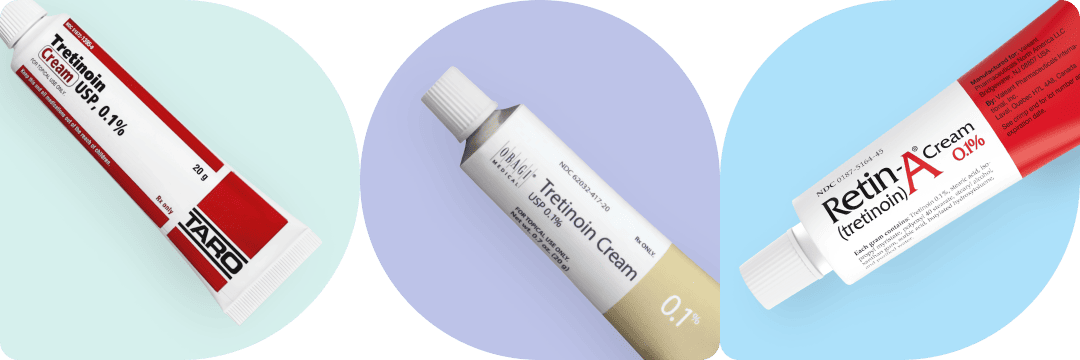
Request a dermatology prescription now
- Start a dermatology telehealth consultation
- Get an answer and pick up any prescribed medication
- Use treatment and wait for results
Are dermatology telehealth consultations cheaper than in-person visits?
Yes, dermatology telehealth consultations are typically cheaper than in-person visits. Telehealth eliminates costs related to clinic overhead, travel, and time off work—making it a more affordable and convenient option for many patients. While in-person dermatology visits can range from $100 to $250 or more (especially without insurance), telehealth consultations often cost significantly less.
For example, with services like Miiskin, a new dermatology consultation costs just $69, and a medication renewal is $39—much lower than traditional in-office pricing.
Are all dermatology telehealth visits conducted by board-certified dermatologists?
Not all dermatology telehealth visits are conducted by board-certified dermatologists—this depends on the provider.
Some telehealth platforms (like Miiskin) ensure that consultations are always handled by board-certified dermatologists, meaning doctors who have completed specialized training and passed rigorous exams in dermatology.
However, other services may use a mix of providers, including nurse practitioners (NPs), physician assistants (PAs), or general practitioners with dermatology experience, especially for more routine cases.
If seeing a board-certified dermatologist is important to you, it’s a good idea to check the provider’s qualifications on the platform before booking.
What are the most reliable dermatology telehealth companies in the USA?
Here are some of the most reliable and widely used dermatology telehealth companies in the USA, known for clinical quality, patient satisfaction, and accessibility:













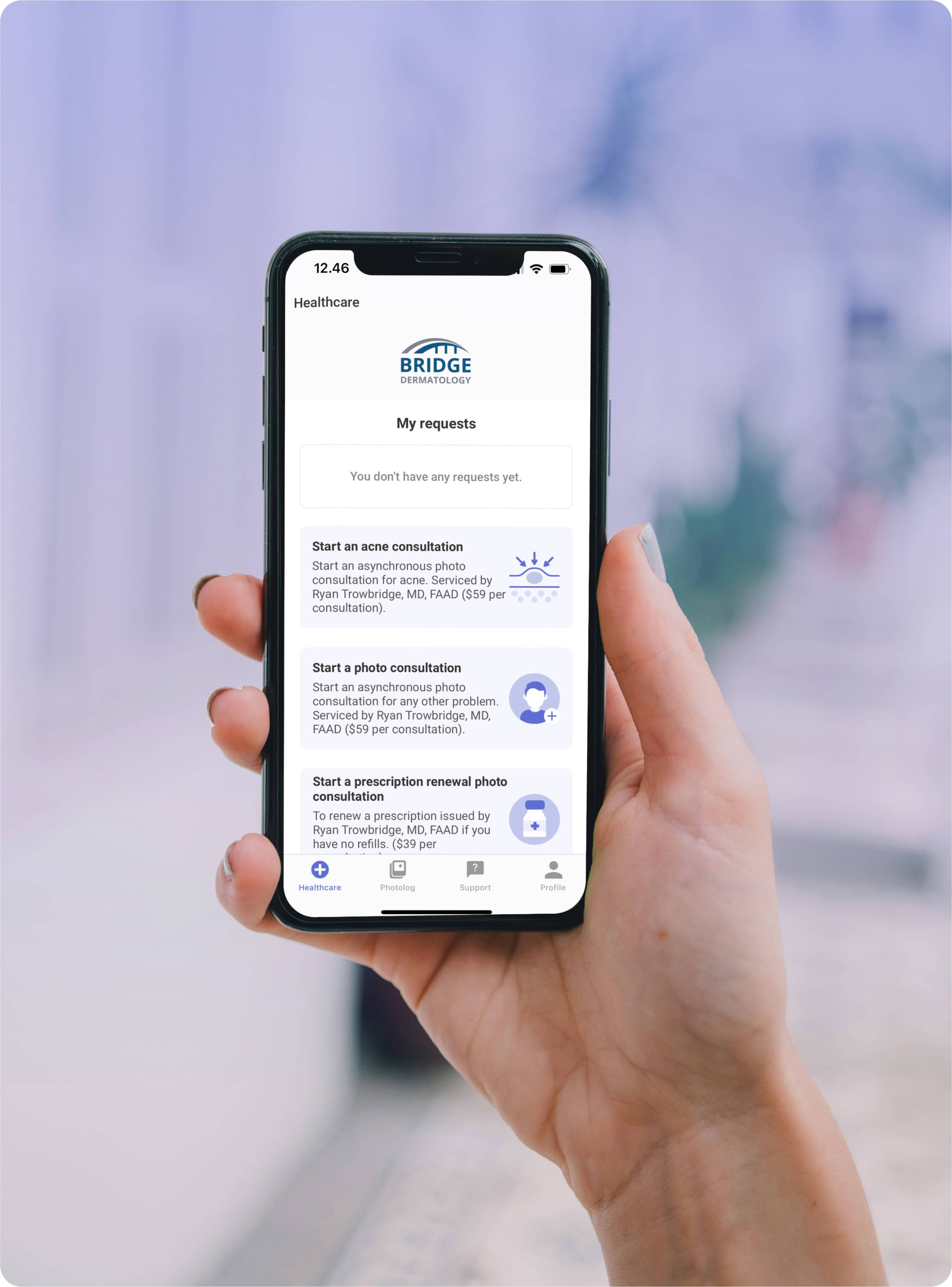
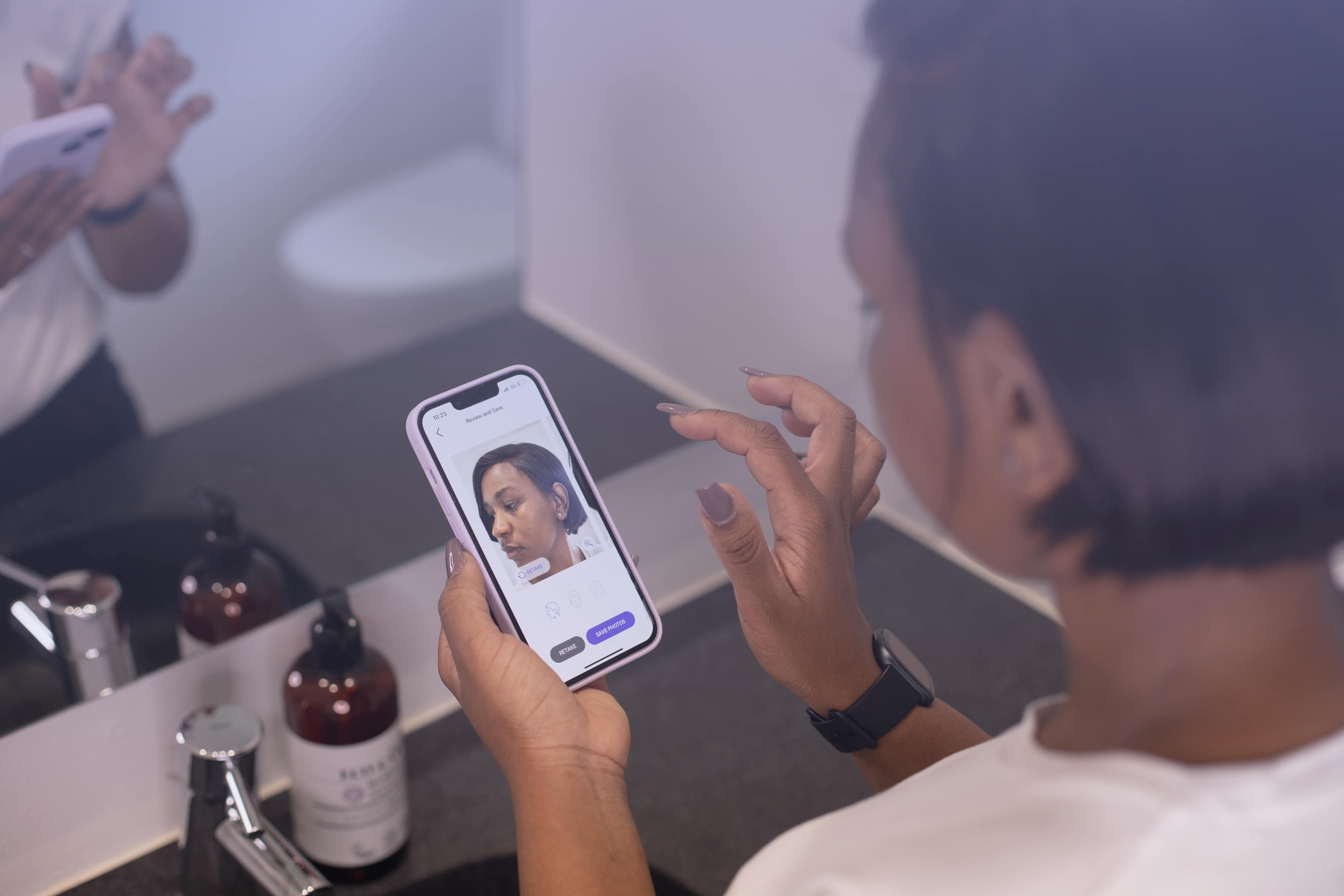
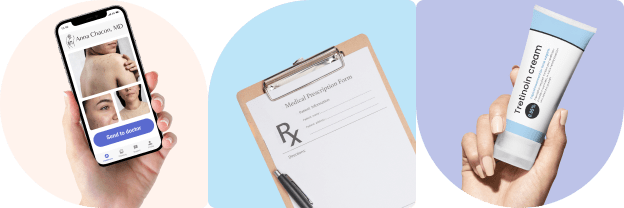



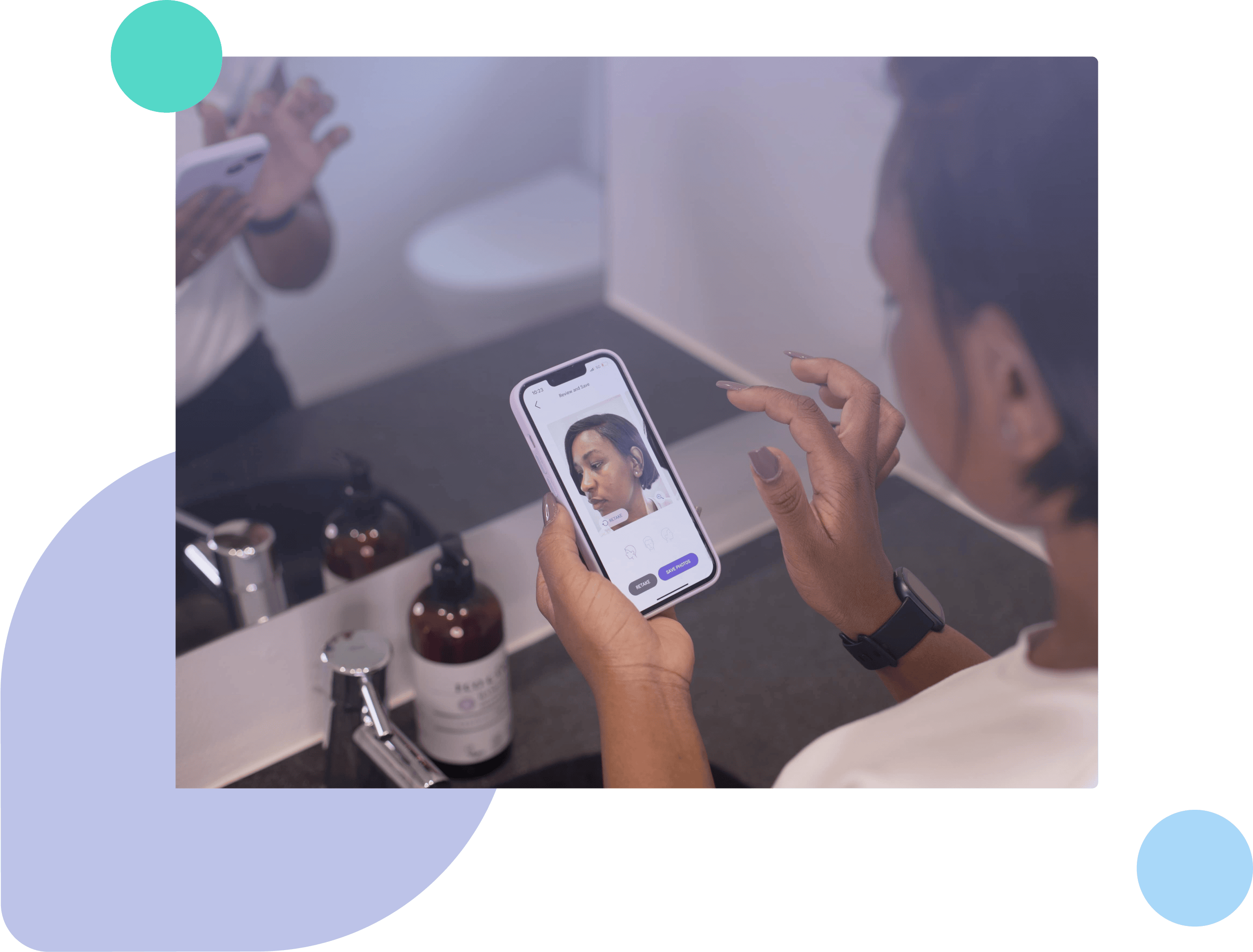










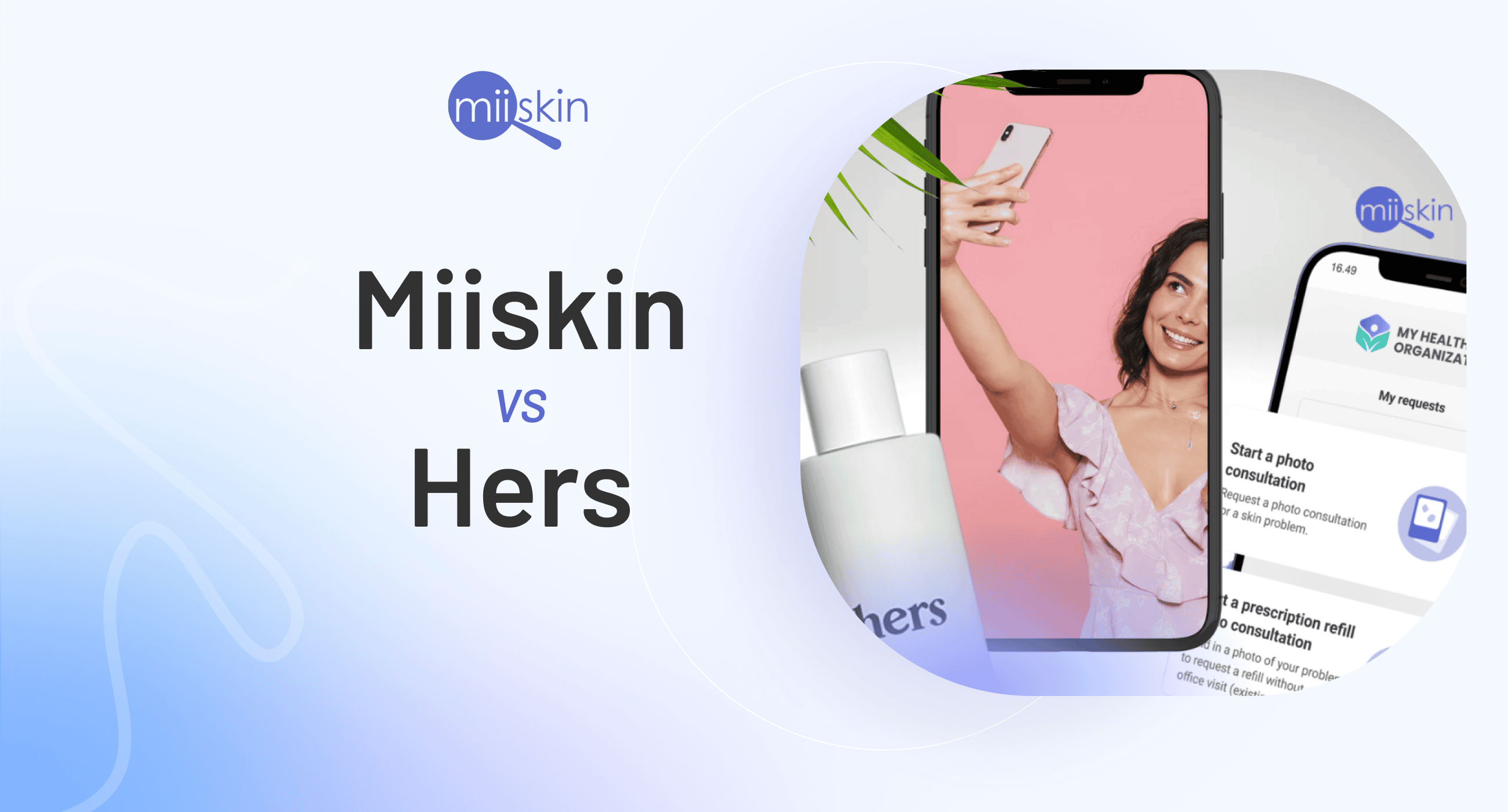
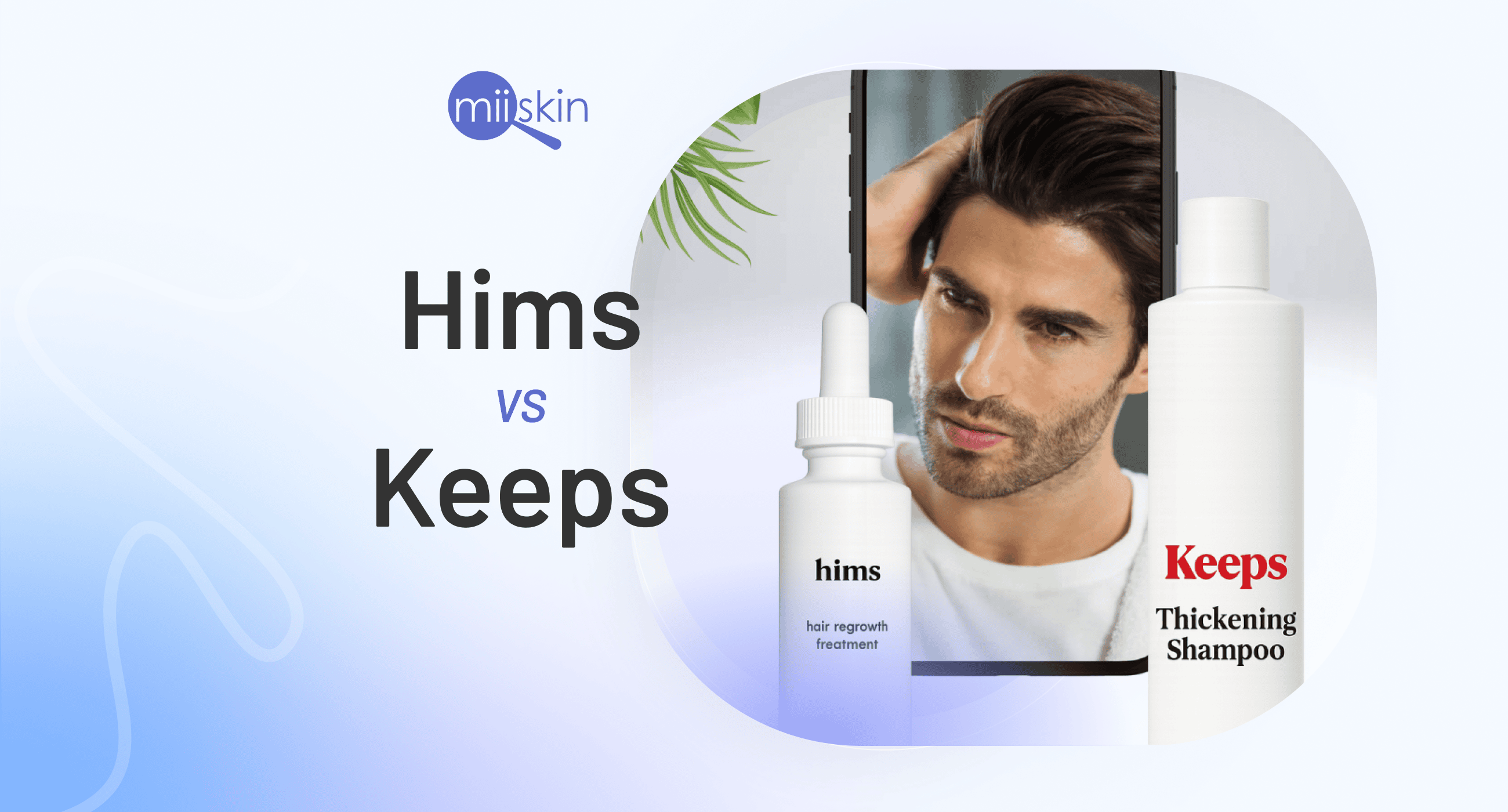
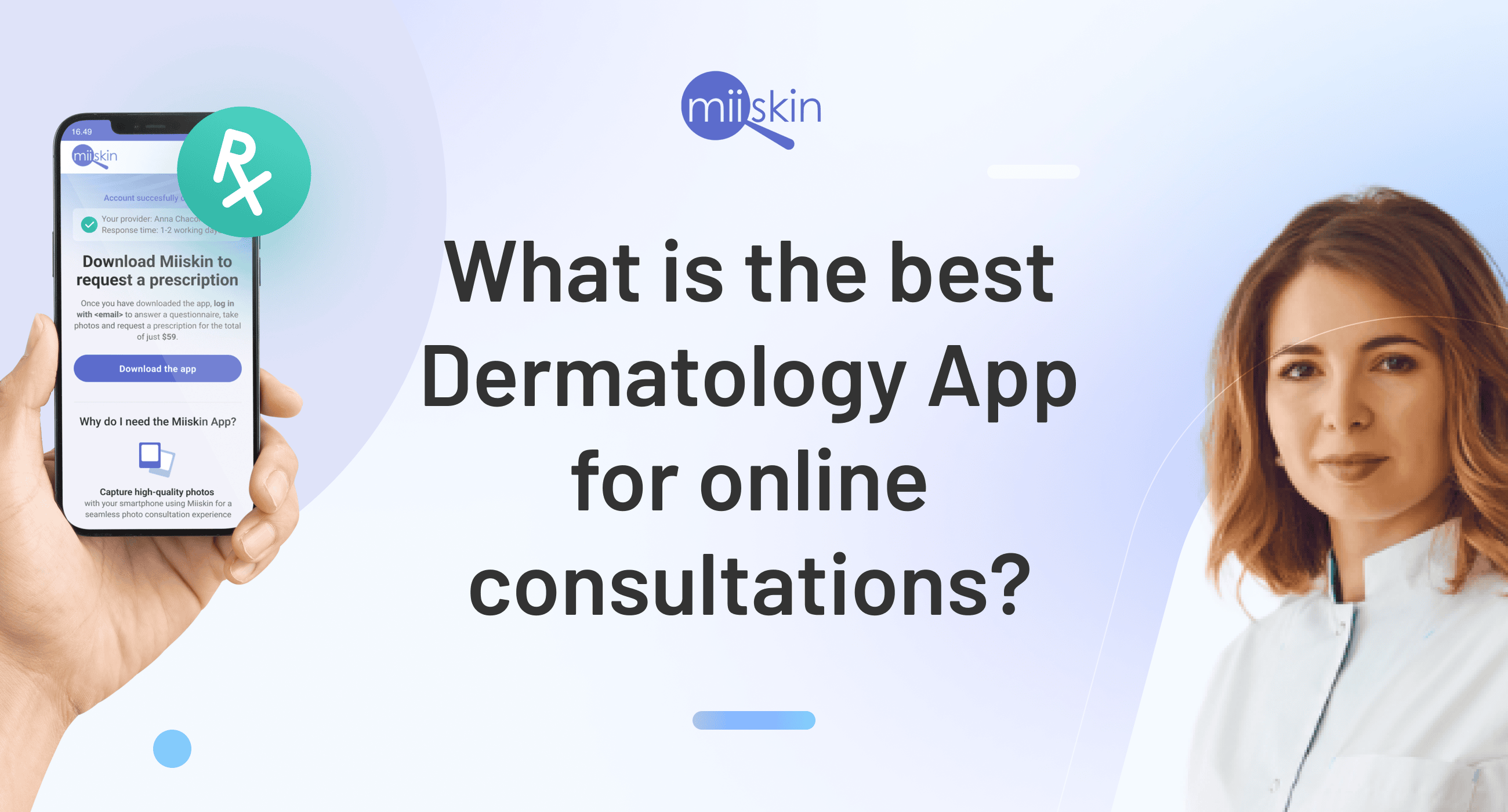
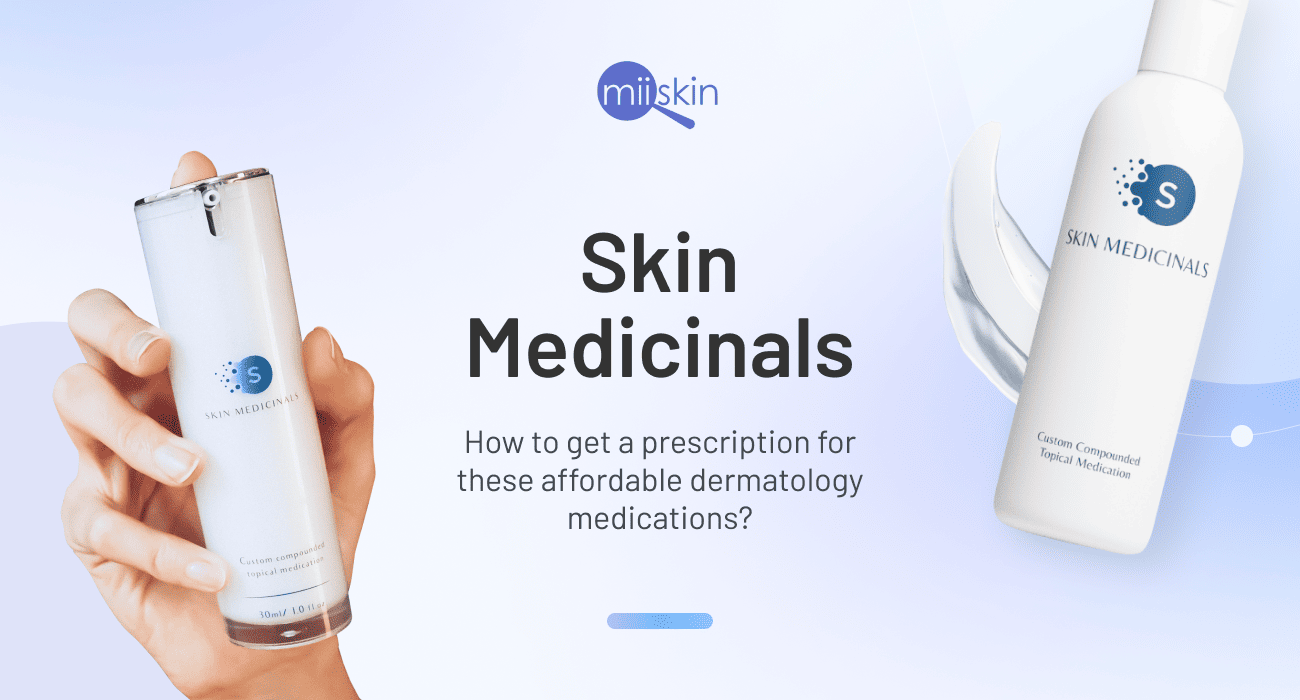
 Struggling with skin issues?
Struggling with skin issues?